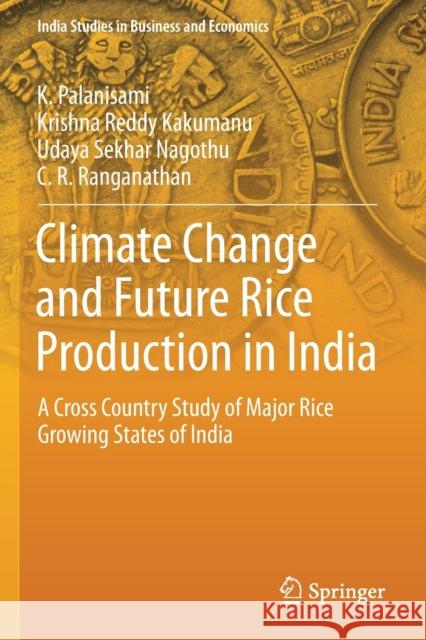Climate Change and Future Rice Production in India: A Cross Country Study of Major Rice Growing States of India » książka
topmenu
Climate Change and Future Rice Production in India: A Cross Country Study of Major Rice Growing States of India
ISBN-13: 9789811383656 / Angielski / Miękka / 2020 / 250 str.
Climate Change and Future Rice Production in India: A Cross Country Study of Major Rice Growing States of India
ISBN-13: 9789811383656 / Angielski / Miękka / 2020 / 250 str.
cena 403,47
(netto: 384,26 VAT: 5%)
Najniższa cena z 30 dni: 385,52
(netto: 384,26 VAT: 5%)
Najniższa cena z 30 dni: 385,52
Termin realizacji zamówienia:
ok. 22 dni roboczych
Dostawa w 2026 r.
ok. 22 dni roboczych
Dostawa w 2026 r.
Darmowa dostawa!
Kategorie:
Kategorie BISAC:
Wydawca:
Springer
Seria wydawnicza:
Język:
Angielski
ISBN-13:
9789811383656
Rok wydania:
2020
Wydanie:
2019
Numer serii:
000459580
Ilość stron:
250
Waga:
0.38 kg
Wymiary:
23.39 x 15.6 x 1.42
Oprawa:
Miękka
Wolumenów:
01
Dodatkowe informacje:
Wydanie ilustrowane











